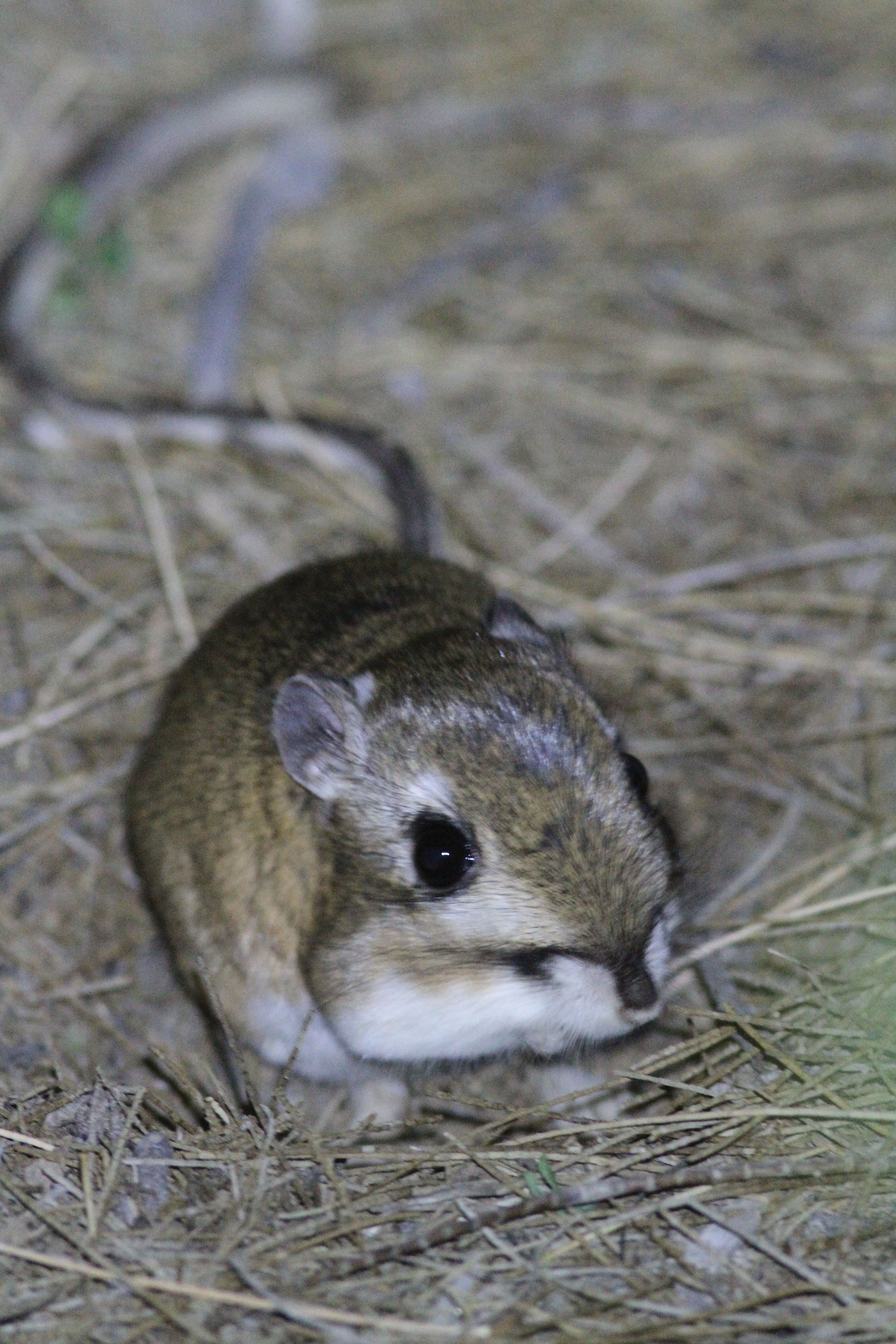Giant Kangaroo Rats: Little Drummers of the Carrizo Plain
A Keystone Species of a Special Place

I literally had to drive five mph so I wouldn’t hit any on a dusty Soda Lake Road inside the Carrizo Plain National Monument, the last great bastion of the federally endangered giant kangaroo rat.
It was nearing midnight, and tiny, nocturnal giant kangaroo rats were hopping out of the tall grass and onto the open road. It’s hard to imagine, but these unique little critters are vital to what is the last of California’s historic grasslands.
That’s right. Although it’s the largest of the more than 20 species of kangaroo rat, it only weighs up to five ounces yet it’s the keystone species of the Carrizo Plain; all other wildlife species within the monument depend on these 13-inch-long, nose-to-tail burrow builders to serve as the foundation for the entire ecosystem.
“Giant kangaroo rats are basically the key species in the entire Carrizo web,” said Bob Stafford, a wildlife biologist for the California Department of Fish and Wildlife. “As they go, so do a lot of the other endangered species.”
There are many predators in the Carrizo Plain that rely on giant kangaroo rats not only as a food source but also for their burrow sites — everything from kit foxes, burrowing owls, and badgers to snakes and long-tailed weasels. They locate, take over, and modify giant kangaroo rat burrow sites, making them their own.
“The burrows are also used by blunt-nosed leopard lizards,” he said, “and California jewelflower is often associated with the burrow systems.”
Giant kangaroo rats are native to the San Joaquin Valley; even so, they’ve been kind of a big unknown on the Carrizo Plain because of lingering drought conditions. With their big feet, almond-shaped eyes, and long tails, they work like little lawn mowers on the grasslands, virtually mowing down huge swaths of grasses surrounding their burrowing sites. By flying over their sites, this is how Stafford and his team locate and count giant kangaroo rat populations.
“They mow down the area around their burrows so we can fly transects over the area to map the areas they mow down,” explained Stafford. “Problem is, if we don’t get any growth, they have nothing to mow and we have nothing to survey. Therefore, we haven’t been able to do any surveys since 2011. That will change, though, after last winter’s rains.”
That’s good news for the giant kangaroo rat and all the other wildlife on these historic grasslands, but uncertainty will mount for all things living on the Carrizo Plain if President Donald Trump decides to open the monument up to oil drilling in the future. Five other national monuments in California and another 21 across the west are also up for review in what would be a deplorable outcome for these wild places.



